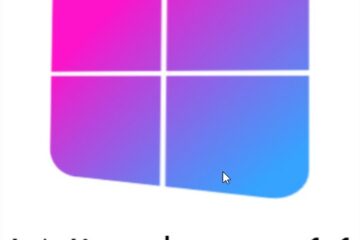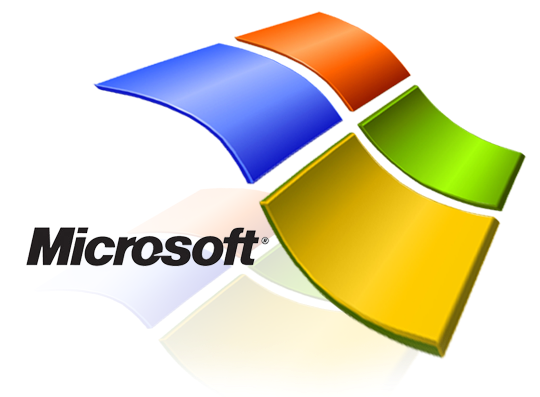Mettre en place File Server Ressource manager (FSRM)
File Server Resource Manager ( FSRM )
Doc faite à partir de blogs.technet.com
Pas traduite 😉 Le lien est celui là : FSRM
The Basics of Windows Server 2008 FSRM (File Server Resource Manager)
Overview
FSRM (File Server Resource Manager) is a service of the File Services role in Windows Server 2008. You can use FSRM to enhance your ability to manage and monitor storage activities on your file server.
The main capabilities of FSRM include:
- Folder Quotas
- File Screening
- Storage Reports
- Event Log Integration
- E-mail Notifications
- Automated Scripts
For example, you can use FSRM to perform the following tasks:
Limit the size of a folder to 2GB and log an event when the Quota limit is reached. E-mail an administrator whenever a specific folder reaches 85% of its specified Quota. Create a File Screen to prevent users from saving of video/audio files to a share and send notifications when users attempt to do that. Schedule and publish a periodic storage reports that shows how much space is being used by each user. Generate an instant storage reports to list the largest files on a share. Automatically execute a script when a folder size exceeds 500 MB to clean up stale data in the folder.
FSRM was introduced with Windows Server 2003 R2, but it remains as one of those hidden gems in Windows Server that delight people that discover it. It’s also important to note that FSRM fully supports Windows Server 2008 Failover Clustering.
Read along to get all the details and be sure to spread the good news to all your fellow file server administrators.
How to install FSRM
“File Server Resource Manager” is one of the role services of the “File Services” role.
To install it, open the “Server Manager” tool on your file server, right-click the File Server node on the tree and select “Add Role Services”. The “Add Role Services” wizard will start, as shown below:
Check the “File Server Resource Manager” box and click “Next”. You will then select the NTFS volumes you want to monitor:
Click on “Options” to see additional options for reports:
The screen above shows the standard configuration for a volume, along with the reports that are generated when that threshold is reached.
Select the reports you want, click “OK” to close that window, then click “Next’ to continue. This last window before the confirmation lets you specify the folder where the reports are saved and also the e-mail reporting details:
Click « Next », review the confirmation and click “Install” to finish the wizard.
Keep in mind that you can decide not to add any volumes during this install phase and add them later, after FSRM is already installed.
File Server Resource Manager MMC
Once the FSRM Role Service is properly configured, you will have an additional item under the “Administrative Tools” menu.
Click on “Administrative Tools” and select “File Server Resource Manager to launch the FSRM MMC (Microsoft Management Console). See the screenshot below, with all the nodes of the tree expanded:
We’ll now examine the individual features exposed by this MMC.
Quota Management
Quotas help you restrict and/or monitor how much space a folder can use.
FSRM can implement both hard Quotas (that actually prevent the users from adding more files, as if the disk were full) and soft Quotas (which only generate events and warnings).
You can see the Quotas in the screen below (“Quotas” node under “Quota Management”):
Note that this is soft Quota we created during the FSRM installation.
To add more Quota restrictions, click on the “Create Quota…” action (on the Actions pane on the right):
Quotas are always placed on a folder. You have the choice of basing your Quota on a template or defining a custom one. FSRM ships with a series of sample Quota templates that you can adapt to your needs.
If you click on “Custom Properties”, you can provide many details, as shown below:
In addition to specifying the space limit (hard or soft), you can also create different thresholds, with different actions. The sample above sends e-mail alerts at 85%/95%/100% and logs events at 95%/100%. If you click on the “Add…” button, you can see the configuration options for each threshold.
You can even choose to execute a command when a threshold is reached, which is shown on the screen below. If you are skilled with scripting, you can use this ability to perform a number of sophisticated tasks.
Instead of specifying custom Quotas folder by folder, you can use standard FSRM Quota templates or define your own templates.
The screen below shows the default templates and also shows the “Create Quota Template…” action on the right:
The power of Quota Templates becomes much more obvious when you use the option to “Auto apply template” while creating a Quota:
This option requires that you select a template (not a custom Quota). A Quota is created based on that template for all folders under the specified path.
Every time you add another subfolder to that folder, the template is automatically used to create another Quota for it. This allows you much simpler configuration for certain folder structures like web sites, project folders, etc.
File Screening Management
File Screening helps you restrict and/or monitor which file extensions can be used on your file server. FSRM can provide both active screening (block file with certain extensions) or passive screening (monitor file extensions without blocking).
File extensions can also be combined in “File Groups” like “Image Files” and “Audio and Video Files”:
You can see the existing File Screens in the “File Screens” node under “File Screening Management”. None are defined by default.
To add a File Screen, click on the “Create File Screen…” action (on the Actions pane on the right):
As with Quotas, FSRM supplies some predefined File Screen Templates. You can also opt to define your own File Screening properties, as shown below:
Once you click on “Custom Properties”, you will see the window below:
The basic properties include the path to monitor, the type of monitoring (active or passive), the file groups to block/monitor and the specific actions to take (e-mail, event log, command or report).
You will probably want to use a template to define your File Screening. Below is the list of pre-defined templates included with FSRM:
You can also create your own File Screening Templates, just like with Quota Templates.
FSRM includes a list of pre-defined File Groups, as shown below:
You can use those, modify them or create your own File Groups.
Storage Reports Management
One important feature of FSRM is the ability to provide many reports associated with File Server Management to make your life simpler when managing your file server. Those reports include Files by Group, Files by Owner, Large Files, Most Recently Accessed Files and Duplicate Files, just to mention a few (see screen below).
Reports can be generated manually, on a scheduled or triggered by a Quota or File Screen. They can also be generated in different formats (see options on the screen below) and are delivered to a folder defined when you installed the role service.
That folder can also be updated in the FSRM configuration:
Below you see a number of those manually generated reports using the HTML format:
Please check the sample below, in HTML format, showing the Files by Owner report:
Divers
Installation en video… je sais pas si ça simplifie ou pas
CONCEPTS QUOTA
une explication sur les concepts basics des quotas et leur mise en œuvre
http://www.petri.co.il/managing-windows-server-2008-disk-quotas.htm
http://www.petri.co.il/managing-windows-server-2008-disk-quotas-part-2.htm























0 commentaire